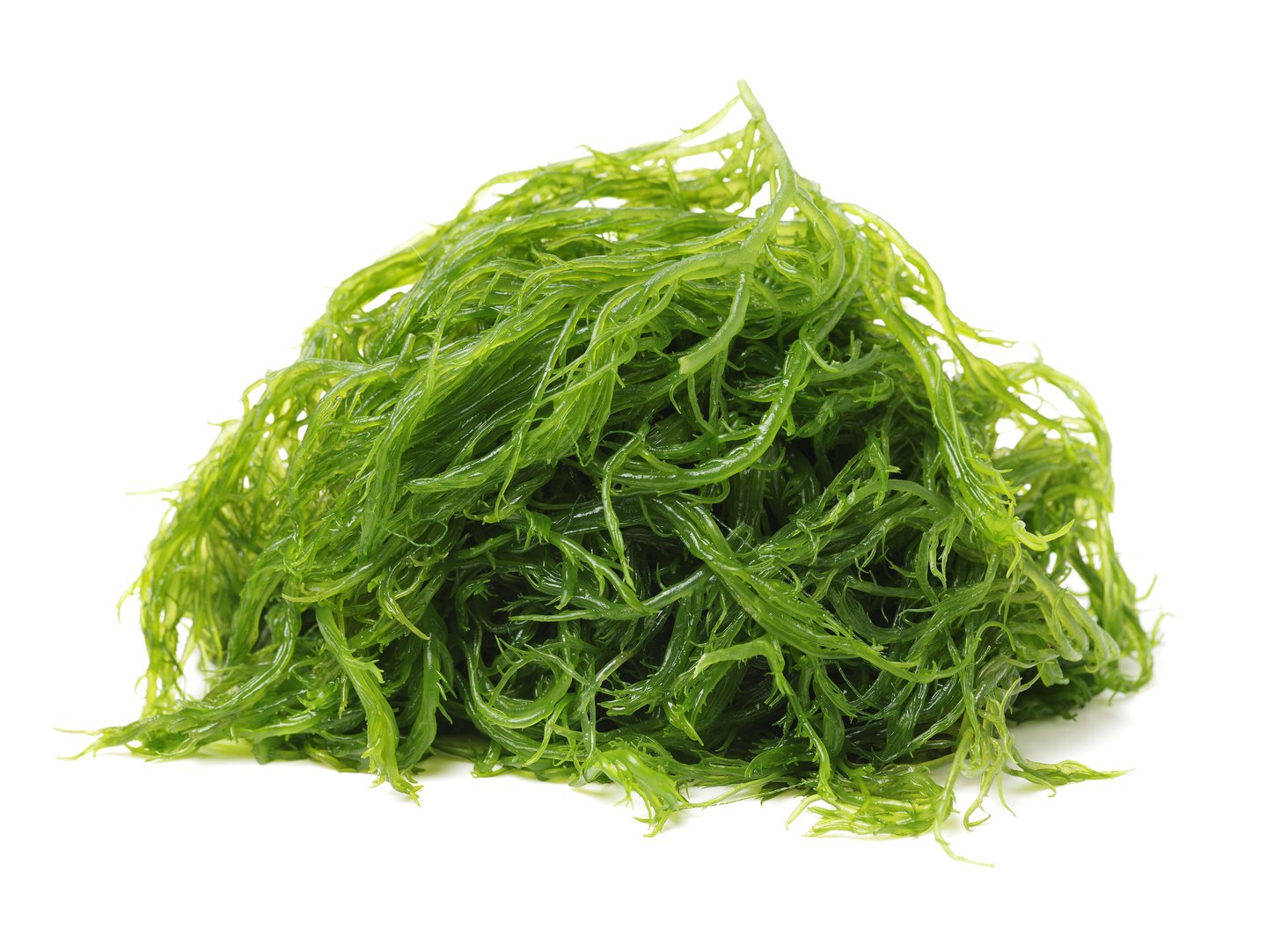Four things to know about seaweed
1 MARINE GREENS
Seaweed is a common name used to describe marine plants and algae that grow in the ocean. It can also grow in rivers, lakes and other bodies of water. While coastal communities have been consuming seaweed since pre-historic times, seaweed is part of the culinary traditions of East Asian countries such as China, Japan and Korea. Originally, seaweed for consumption was harvested locally and eaten fresh. However, seaweed can also be dried, which extends its shelf life indefinitely and increases ease in transportation. Common varieties include nori, wakame, dulse, kombu and kelp.
2 A SEA OF OPPORTUNITY
Robin Langford, product category manager for natural food chain Goodness Me!, says there’s been a recent increase in crunchy seaweed snack options. “We find that customers are gravitating to these newer options as a great alternative to traditional potato chips,” Langford says. Flavours like cracked pepper and herbs and products roasted with olive oil or avocado oil help seaweed snacks appeal to modern audiences. Goodness Me! also stocks kelp seasoning products that come in a shaker. “They taste salty and are a salt alternative,” Langford says. Alternative seaweed products are also on the rise, like kelp jerky made with shiitake mushrooms, seaweed butter and plant-based tuna made with algae.
Given the variety of new seaweed products, grocers new to the category can feel overwhelmed. But Langford suggests keeping it simple by picking a few brands to start with. “Use displays to introduce them to your traditional snack consumers.” Education should also play a role in sales, says Jo-Ann McArthur, president and chief strategist of Nourish Food Marketing. “Tell the story of how it is harvested, its protein content and its sustainability story.” She also recommends getting creative with how seaweed products are shelved, such as putting them in the same section as other keto and gluten-free products. “Think beyond the Asian section to capture plant-based, gluten-free and keto customers.”
3 VITAMIN SEA
Seaweed is often marketed as a superfood. It’s high in iodine, iron and vitamin C, and contains soluble and insoluble fibre, magnesium, folate, vitamin B12 and protein while being low in calories. It also contains compounds not found in land-based food sources, such as fucoidan, which can boost the immune system, reduce inflammation and lower blood pressure. The iodine content helps the thyroid function properly, while the long-chain omega-3 fatty acids in seaweed are good for heart health.
4 HELP FOR KELP
The popularity of sustainable diets has helped fuel the growth of the edible seaweed market. “Seaweed is considered a zero-input food because there is no water or fertilizer needed to grow seaweed,” says Stephen Broad, CEO of GimMe Health Foods, which makes roasted seaweed snacks. Broad says younger generations more readily embrace seaweed as a snack. “From our research, we know that 40% of consumption is [age] 18 and under, so kids are big consumers,” he says. Broad also says two-thirds of his customers are female, and identifies the age range of 18 to 45 years as a “sweet spot.”
For those following plant-based diets, seaweed can be a valuable addition, says Nourish Food Marketing’s Jo-Ann McArthur. “Vegetarians use dulse and kombu in stock as a way of getting umami flavour,” she says. The growth of keto and gluten-free diets has also boosted consumption.”

